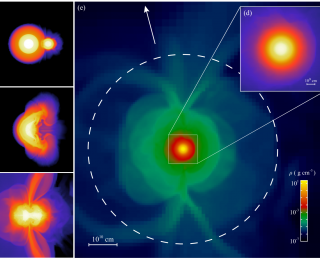
Dry Out Super-Earths via Giant Impacts
A dry planet and one with a thick atmosphere close together seems to be very weird. How about smashing one with a huge impactor?

A dry planet and one with a thick atmosphere close together seems to be very weird. How about smashing one with a huge impactor?
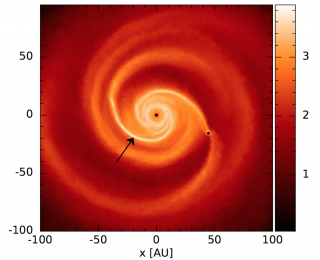
How to form clumps in the intermediate ranges of massive protoplanetary disks? Could these later be planets?
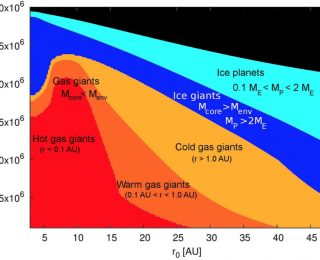
Planets are ubiquitous in the Milky Way. Therefore, building them must be straightforward, right? Not at all!
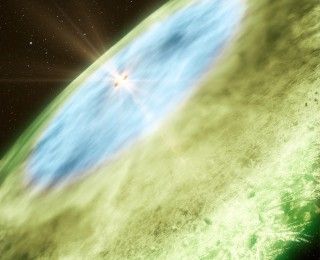
How and where did the first organic molecules emerge? Sophisticated chemistry models for the synthesis of amino acids within planetesimals can help us to decipher these mysteries.
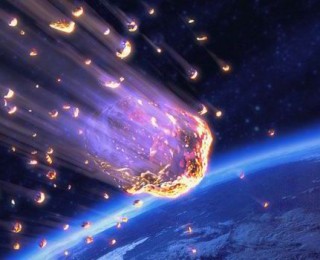
Amino acids were possibly brought to Earth by meteorite impacts, which contaminated the young environment with organic compounds. However, where and how did these most basic ingredients of life form in the first place?